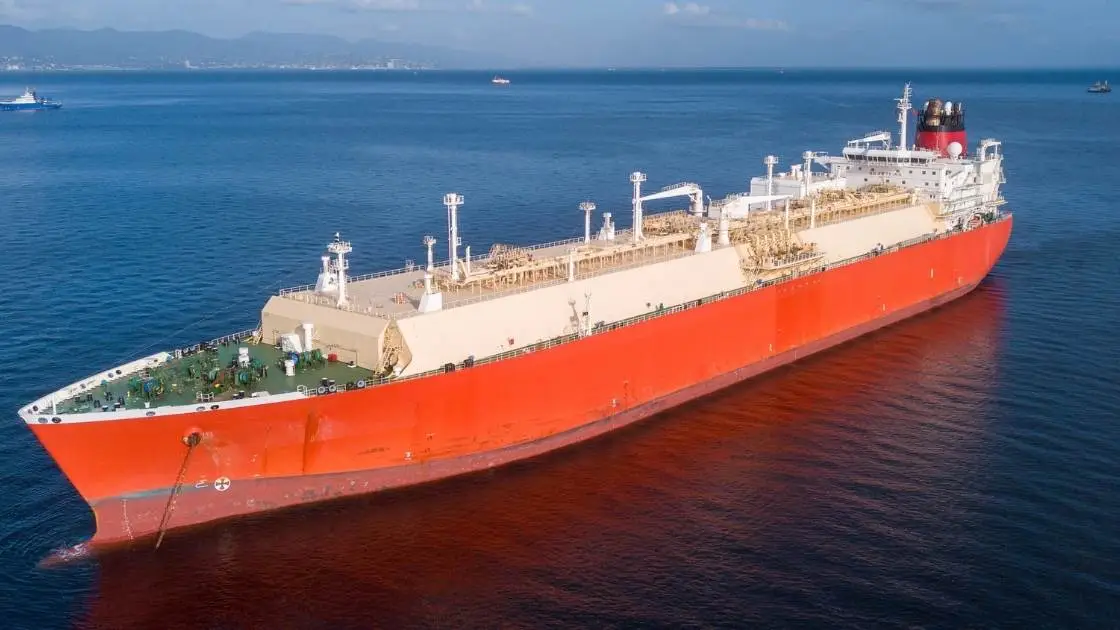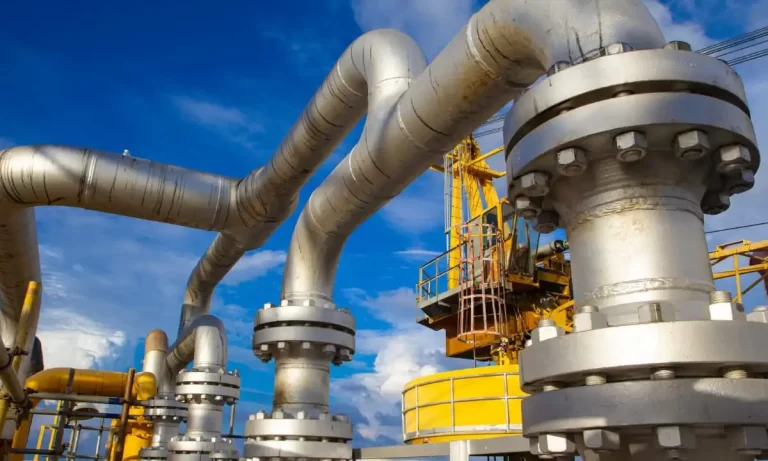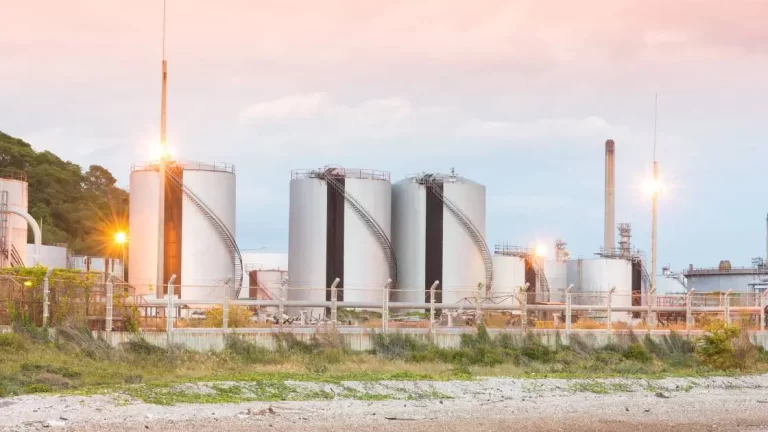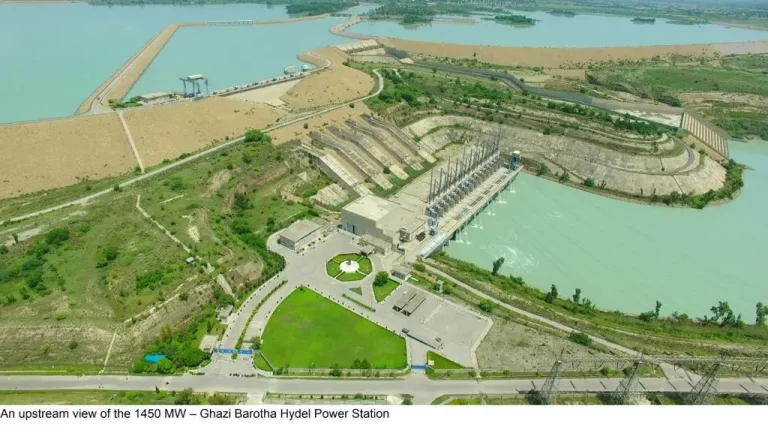LNG Prices up over 6% for May 2024
Staff Report
The Oil and Gas Regulatory Authority (OGRA) on Friday increased the prices of re-gasified liquefied natural gas (RLNG) up to 6.16 percent effective from May 1, 2024.
It increased the price of LNG by $0.8559 per million British thermal units (mmBtu), or 6.5 percent, for consumers of Sui Southern Gas Company (SSGC) and by $0.7978 per mmBtu, or 6.16 percent, for Sui Northern Gas Pipelines Limited (SNGP) customers. The new prices took effect on May 1, 2024.
According to a notification released by OGRA on Friday, the weighted average sale price for SNGPL consumers has been set at $13.744 per mmBtu, while SSGC consumers will be charged $14.0506 per mmBtu. In April 2024, the prices were $12.946 and $13.1947 per mmBtu for SNGPL and SSGC consumers, respectively. OGRA attributed the price hike to increased supply charges.
Since September 2023, only two months saw a reduction in RLNG prices. Notably, September 2023 saw a 3.08 percent increase, followed by a 3.87 percent increase in October, a 1.2 percent increase in November, and a significant 10.1 percent increase in December. January 2024 saw a reduction of 7.8 percent, followed by a 9 percent decrease in February.
For March, the prices were increased by 2.57 percent, in April by 1.06 percent, and now again, the price was jacked up by 6.5 percent for May 2024.Azerbaijan Asks Pakistan to Resume LNG Supplies
The revised RLNG prices include various elements such as charges for LNG terminals, transmission losses, port charges, and margins for state-owned importers, namely Pakistan State Oil (PSO) and Pakistan LNG Limited (PLL). These new weighted average sale prices have been computed based on the 11 cargoes imported for the month, including 10 cargoes by Pakistan State Oil and one by Pakistan LNG Ltd (PLL).
Since LNG is an imported product, it is pegged to international oil prices. An increase in international oil prices means OGRA has to raise prices as well. It is to be noted that RLNG is the major contributor to the country’s power generation. A jump in the prices of RLNG increases the cost of energy, which subsequently raises the tariff for power consumers.








